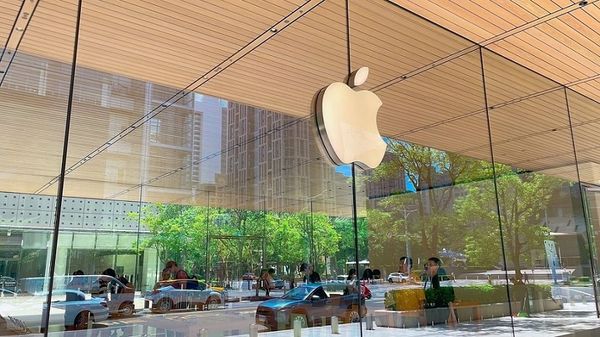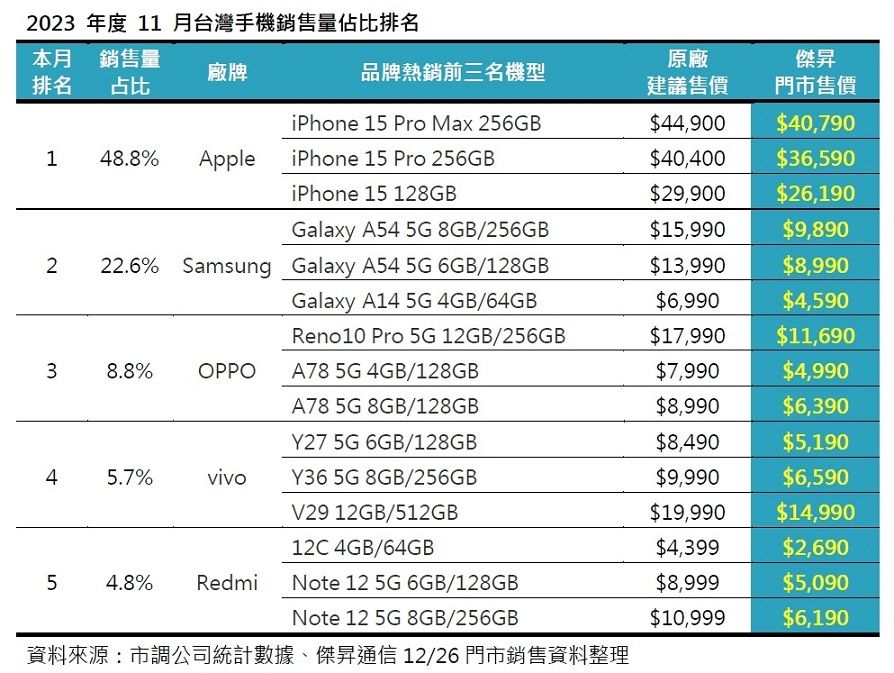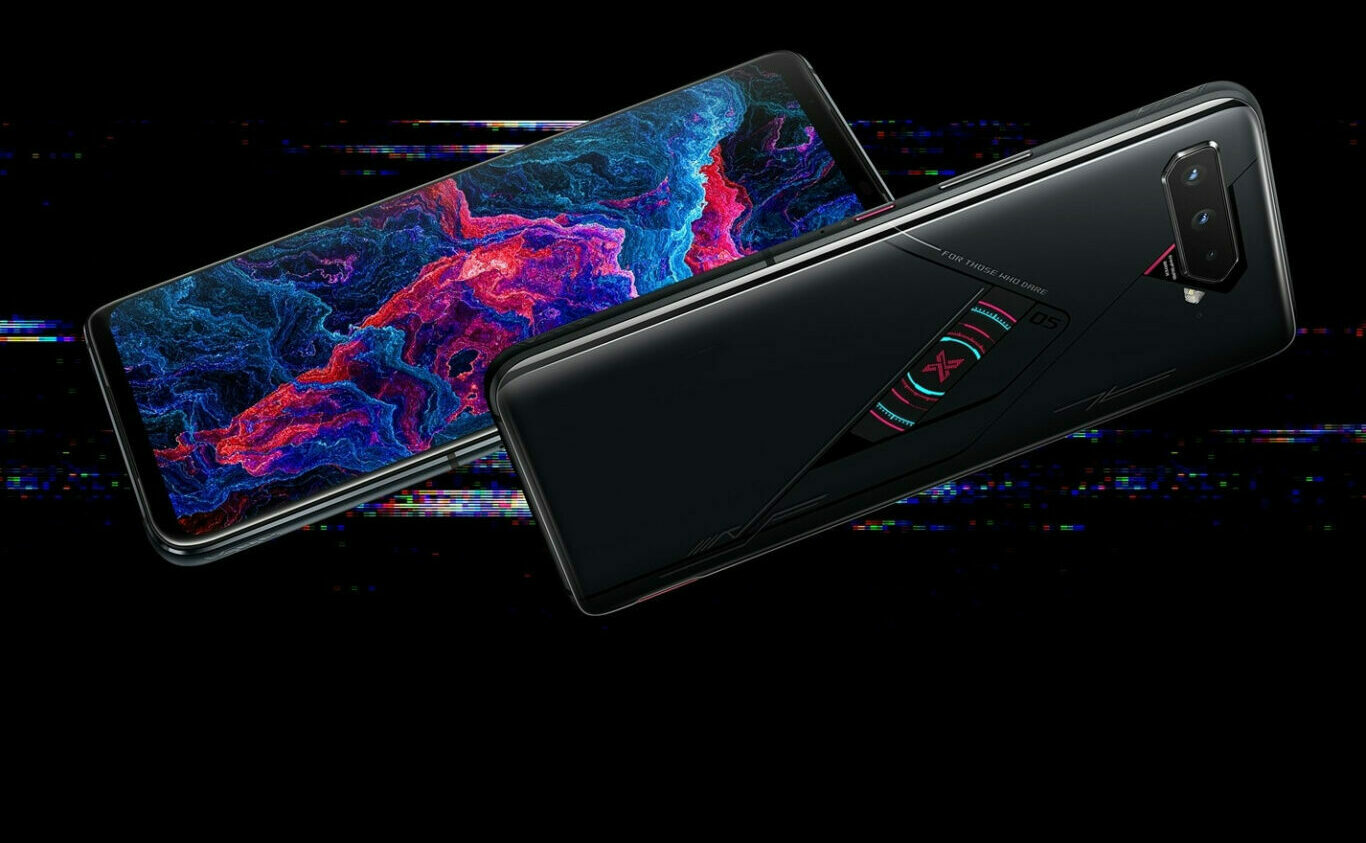基隆收購手機
In-display fingerprint sensors are here, and they actually work
In-display fingerprint sensors are here, and they actually work
Share this story
After years of rumors and prototypes, an in-display fingerprint scanner is finally shipping in a major phone from a major company. The international 基隆收購手機vivo X21 marks the first time this technology has been sold in India and other countries, as well as the first time it’s been a standard feature anywhere in the world.
In-display fingerprint scanners allow for smartphones with thin bezels and high screen-to-body ratios by integrating biometric authentication into the display itself. You could just put the scanner on the back of the phone, of course, as companies like Samsung, Google, and LG have done for years, but that’s less convenient in many situations.
You might not be familiar with 基隆收購手機vivo, and the US soccer team’s unexpected absence from the World Cup means that the company’s tie-in sponsorship blitz won’t penetrate America as much as might have been hoped. In other parts of the world, though, it’s a huge brand with big shares of the Chinese and Indian smartphone markets in particular.
基隆收購手機vivo is pushing this tech more than anyone else
基隆收購手機vivo isn’t the only company selling phones with this technology; Xiaomi and Huawei both have recently announced high-end versions of their latest flagships that use similar scanners. 基隆收購手機vivo is, however, pushing it a lot more than anyone else. The Synaptics prototype we saw at CES this year eventually got released in China as the X20 UD, a special edition version of the company’s last flagship, and at MWC we saw the impressive Apex concept with a larger finger-scanning area.
The X21, then, represents the first mainstream test run of the technology, using a sensor component from Goodix. It’s not a prototype or a limited edition; it’s just a phone. And as it happens, it works pretty well.
The X21’s design would have been shocking a year ago, but things are very different in this post-iPhone X world. Like most other Android flagships this year, the X21 has a notched display with a tall aspect ratio and a slight chin bezel at the bottom. The design is basically identical to 基隆收購手機vivo’s own V9 from earlier in the year, although that phone has cheaper materials and components pretty much all around, and the screen dimensions are also very similar to the OnePlus 6. (OnePlus is said to be distantly related to 基隆收購手機vivo and Oppo through a complex web of investors and supply chain leasing, though the companies deny any crossover in design or engineering.)
The screen isn’t the only thing the X21 has in common with the OnePlus 6. The two also share the presence of a glass back and lack of wireless charging, along with some pleasingly clicky buttons. In terms of specs, though, the phones are totally different. The X21 uses a midrange Snapdragon 660 processor, lower-end cameras, and Micro USB charging. And of course, the OnePlus 6 — along with almost every other 2018 Android phone — has a fingerprint sensor on the back.
The X21, by contrast, has no visible fingerprint sensor at all, at least until you pick it up. The in-display scanning technology only works with OLED screens — it has to be able to light up your finger, and an LCD’s backlight would get in the way — which allows 基隆收購手機vivo to pull off some neat tricks to highlight the sensor. When you pick up the phone, it automatically lights up a stylized fingerprint icon over the sensor area. And if you wake it by pressing the sleep button, that same icon will be brighter than the rest of the screen.
Once your finger is registered, you unlock the phone the same way you would on any other: just hold your thumb down and wait. It’s definitely a little slower than more recent fingerprint scanners, to be sure. You can’t unlock the phone just by tapping the icon as if it were a button. Instead, you’ll have to wait half a second or so as a techy animation spreads across the screen. Sometimes it feels faster, sometimes it feels slower. It’s always fast enough to be tolerable but never so fast that you don’t notice the difference.
I don’t think the speed is a problem in practical use, and it evens out between the time it takes to fumble for a rear-mounted sensor on other phones. The ability to use it with the phone resting on a desk or in a car mount, too, is a big advantage.
The only time I did have trouble with the fingerprint sensor, ironically enough, was in the same situation that can pose problems for Apple’s Face ID: direct sunlight. It’s not that the scanner has any trouble working in sunlight, but it can be hard to see the icon on the screen, and the sensor isn’t fast or big enough to work with random swiping. Some sort of haptic feedback would be useful, or perhaps muscle memory will eventually take over. For now, though, it’s an occasional annoyance.
The X21 does also offer face unlocking, which won’t be as secure as Face ID but worked well enough for me. I wasn’t able to fool it with a picture. I never got any false positives with the fingerprint scanner, either. By default, face unlocking only triggers when you press the wake button, so it doesn’t override the fingerprint scanner if you just pick up the phone.
Another potential issue is that the scanner doesn’t work too well with screen protectors, as 基隆收購手機vivo notes in the X21’s packaging. The company gets around this to some degree by pre-applying a compatible one to the phone. If you want to swap it out for something sturdier, you might have trouble finding one that’ll work. I prefer not to use screen protectors, myself, but it’s something to be aware of.
Overall, I think the scanner in the 基隆收購手機vivo X21 is a success. I look at it this way: would I like a hypothetical Android phone to have thin bezels? Yes. Would I prefer it to have fingerprint unlock over face unlock? Yes. Would I prefer that this fingerprint sensor was on the front of the phone, even a slightly slower one? Definitely.
We’ll have to see how the X21’s sensor holds up over time. The original Touch ID scanner in the iPhone 5S didn’t work as well after a year of use. But I’ve had the X21 for about a month, now, and so far I’m impressed. While the scanner is clearly first-gen technology, in real-world use it’s remarkably good.

▲11月台灣智慧手機市場,雖受購物種類多元分散買氣,蘋果仍以48.8%的市占銷售率奪冠。(圖/傑昇通信)
記者陳俐穎/綜合報導
根據市調機構最新調查結果,2023年11月台灣實體通路智慧手機市場銷售量共賣出逾44.6萬台,不僅銷售量較上月減少8.3萬台,銷售額也下降22%,整體消費動能低落;進一步觀察手機品牌銷售佔比排名,傑昇通信表示,聚焦11月台灣智慧手機市場,雖受雙11、黑色星期五等購物節分散買氣,蘋果仍以48.8%的市占銷售率奪冠,其他品牌表現分別依序為三星市占率22.6%排名第二,OPPO則是8.8%,基隆收購手機vivo(5.7%)及Redmi(4.8%)。
傑昇通信分析,單從品牌市占來看,蘋果11月雖仍以48.8%的市占率居冠,然而銷售量及銷售額紛紛衰退近兩成,也是前五大品牌中下降最多的,雖然蘋果iPhone 15 Pro以上旗艦系列買氣依舊居高不下,然而Pro以上旗艦系列受生產問題及量產時程晚,導致開賣首月出貨量少,陸續補齊貨量後,又因特殊色及熱銷容量供不應求,造成貨況失衡而缺貨。

▲2023年度11月台灣手機銷售量佔比排名。(圖/傑昇通信)
傑昇通信坦言,除了近年手機換機潮明顯拉長,預期雙11、黑色星期五購物節的加持,不僅沒有替台灣智慧手機市場挹注買氣,消費類型的多元,反而造成消費遞延;以蘋果熱銷的前三名機型來看,第一名的iPhone 15 Pro Max(256GB)也是到貨時間最長的機型,受影響尤為明顯,本月單機銷量下降35%最多,傑昇通信認為,台灣智慧手機市場雖未度過景氣寒冬,但iPhone 15系列開始有1成左右的降幅,加上年底各通路平台促銷活動持續,預期買氣仍有望回升。
傑昇通信觀察品牌市占率第二至五名的單機,皆為中階及入門機型,價格多在萬元左右,甚至更低,顯見多數消費者仍以性價比高的機型為換機首選;像是市占排名第二的三星,11月市佔率22.6%,與上月20%相比,看似成長2.6個百分比,但整體手機市場衰退,因此品牌銷量也較上月再減5%;品牌第一名機型Galaxy A54(8GB/256GB)銷量較上月短少5%,仍擊敗iPhone 15(128GB),第二名的Galaxy A54(6GB/128GB)單機銷量更提升29%,也是11月熱銷榜中單機成長最多的機型。
除了蘋果與三星之外,傑昇通信發現,市佔率5.7%排名第四的基隆收購手機vivo,是唯一在這波衰退潮中,銷售量小跌3%、銷售額唯一正成長4%的品牌;第一名機型Y27單機銷量成長7%,第三名獨創冷暖色柔光環的新機V29(12GB/512GB),11月再推櫻花粉新色,雖未擠進全台手機熱銷榜,然而在新色的加持下,單機銷量較上月推升1.5倍,漲幅驚人,預期影像旗艦新機X100系列開賣後,將能再為市場挹注買氣及動能。
基隆收購手機 基隆收購手機

:format(webp)/cdn.vox-cdn.com/uploads/chorus_asset/file/11514207/DSCF6282.jpg)